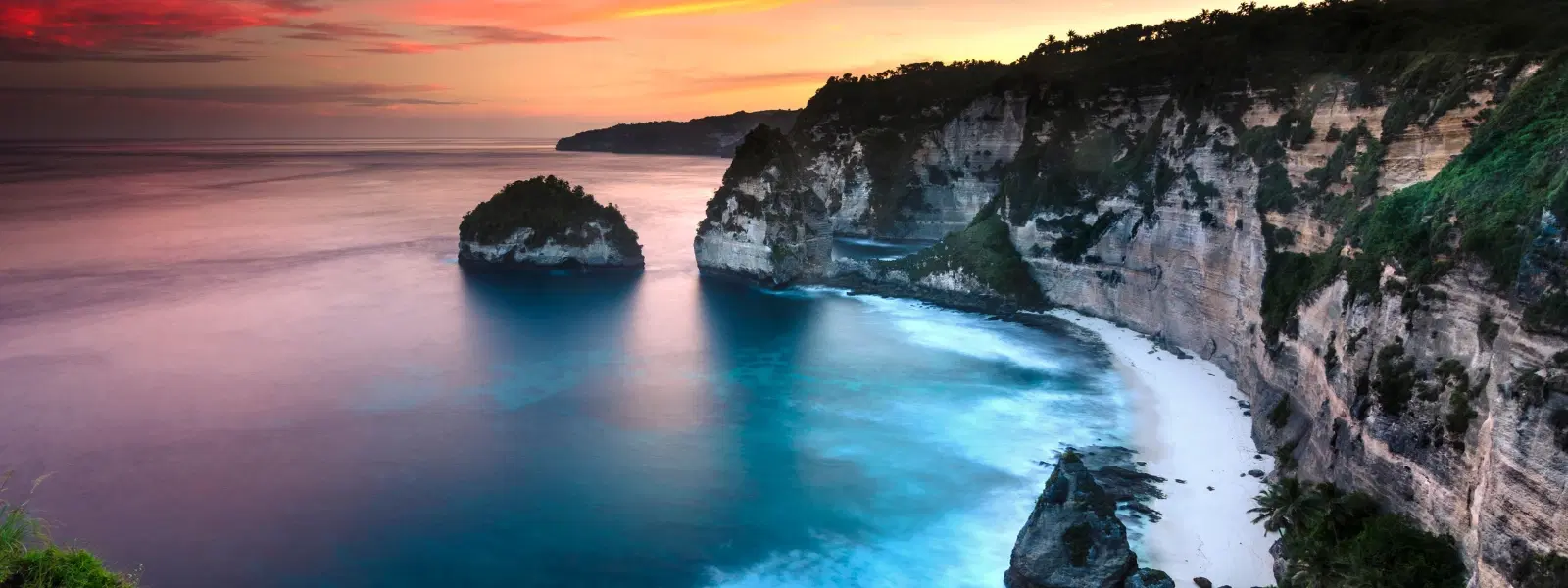
Hotels
•04 min read

Did you know that the largest island in the world is so massive that it could accommodate several countries within its borders? Islands have long fascinated explorers and travelers alike. They are not only geographical wonders but also vibrant ecosystems that range from remote, uninhabited patches of land to culturally rich, populated regions. In this blog, you will learn how to identify the largest island in the world, the criteria used to classify islands, and meet some of the biggest landmasses surrounded by water.
An island is essentially a landmass completely surrounded by water. This simple yet powerful definition differentiates islands from continents. For instance, while Australia is an enormous piece of land, it is classified as a continent due to its size and distinct geological features, rather than being considered the world's biggest island.
To classify an island, several factors come into play. The primary metric is area – the total surface of the landmass. Additional factors such as population density, geographical location, and ecological importance also contribute to its classification. For example, while some islands may be vast in area, their sparse populations or unique ecosystems add layers of interest and complexity to how they are understood in global geography. According to recent geographical surveys, these factors help determine an island's global significance.
Greenland proudly holds the title of the largest island in the world, spanning approximately 836,330 square miles (2,166,086 square kilometers). With its dramatic ice-capped landscape, a climate defined by Arctic winds, and captivating natural features, Greenland stands out as the reigning champion among the largest islands on Earth.
Despite its colossal size, Greenland meets the definition of an island rather than a continent. Unlike Australia, which is recognized as its own continental entity, Greenland is defined strictly by its boundaries enclosed by water. This distinction is crucial in understanding why Greenland is considered the biggest island globally. Its unique status is a reminder that geographical classifications sometimes depend on historical and scientific interpretations.
Greenland’s size is often underestimated because its appearance on maps is distorted due to projection methods. It’s actually smaller than it looks!

Following Greenland in magnitude are several impressive islands. New Guinea covers about 317,150 square miles (821,400 square kilometers), Borneo spans 288,869 square miles (748,168 square kilometers), Madagascar measures approximately 226,756 square miles (587,295 square kilometers), and Baffin Island has an area of 195,928 square miles (507,451 square kilometers). Each of these islands holds a unique position among the top largest islands on Earth.
These major islands not only compete in size but also offer a fascinating variety of environments and cultures. New Guinea is renowned for its biological diversity and vibrant tribal cultures, while Borneo is celebrated for its lush rainforests and diverse wildlife. Madagascar, with its rich blend of flora and fauna, offers an unparalleled experience of natural evolution. Baffin Island, on the other hand, impresses with its stark, icy beauty and indigenous heritage, making these geographical largest islands captivating destinations for the curious traveler.
For travelers and enthusiasts wanting to discover the world’s biggest island and other major islands of the world, several tools can help. Traditional global maps, atlases, and even digital platforms like Britannica or Wikipedia offer reliable data. These sources provide detailed statistics on area, climate, and topographical features, ensuring that you have accurate information at hand.
When comparing islands, focus on key metrics such as total area, population density, and ecological significance. Understanding the differences in these values will help you distinguish the largest landmass surrounded by water from other substantial islands. It is important to note that while population and biodiversity add context to an island’s story, the primary measure remains its overall area.
When comparing islands, always check the area in square miles or kilometers. Population size and ecological diversity can add context but don’t determine the largest island!
Greenland is a land of contrasts. Despite its massive size, it is sparsely populated, offering a serene escape into the wild Arctic. Its ice sheets and ever-changing landscapes provide a living laboratory for studying climate patterns and Arctic wildlife, making it a fascinating destination for adventurous travelers from India and beyond. Indian travelers, in particular, are increasingly drawn to Greenland’s unique blend of natural beauty and scientific intrigue.

New Guinea is not only significant for its size but also for its cultural mosaic of languages and traditions. Borneo and Madagascar attract nature enthusiasts with their unique biodiversity, while Baffin Island offers a glimpse into the resilient lifestyle of its indigenous inhabitants. These fun facts enrich the narrative of the world’s biggest island and other geographical largest islands, inviting explorers to look beyond mere numbers.
Greenland is the largest island in the world, with an area of approximately 836,330 square miles.
No, Australia is classified as a continent, not an island.
Yes, Greenland is the largest island globally, based on its total area.
No, Madagascar is the fourth largest island in the world, following Greenland, New Guinea, and Borneo.
The top 10 largest islands include Greenland, New Guinea, Borneo, Madagascar, Baffin Island, Sumatra, Honshu, Victoria Island, Great Britain, and Ellesmere Island.
The journey to understanding the largest island of the world reveals much about the complexity and beauty of our planet. By defining what an island is and exploring the criteria that classify these landmasses, we not only celebrate Greenland as the biggest island by area but also appreciate other major islands with their unique cultural and ecological narratives. Whether you are a wanderer seeking adventure or a planner looking for a structured exploration, delving into the world’s largest islands offers a boundless source of inspiration and discovery.